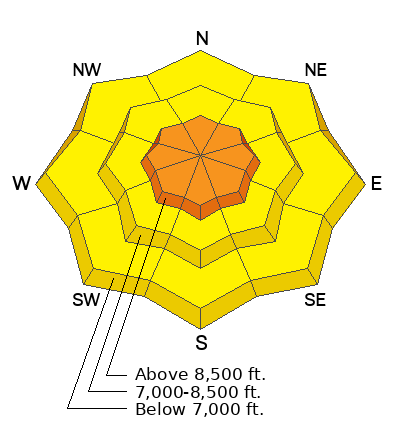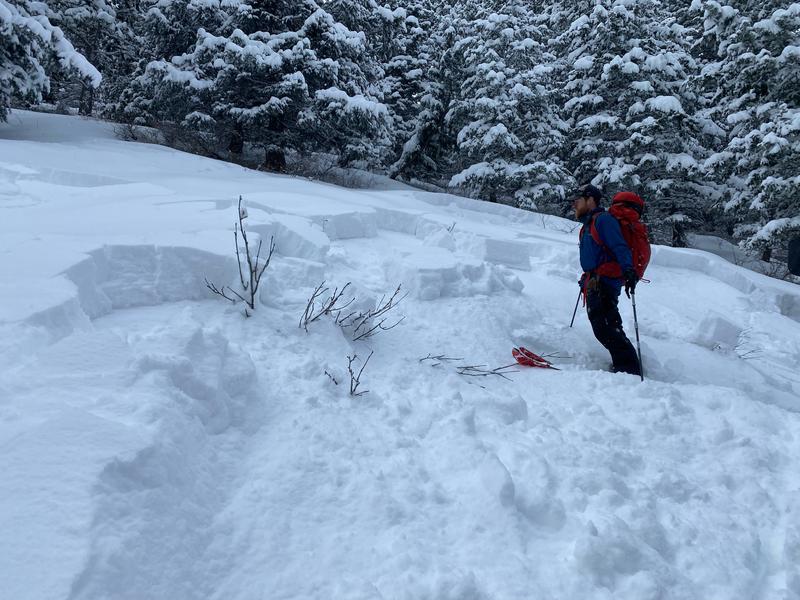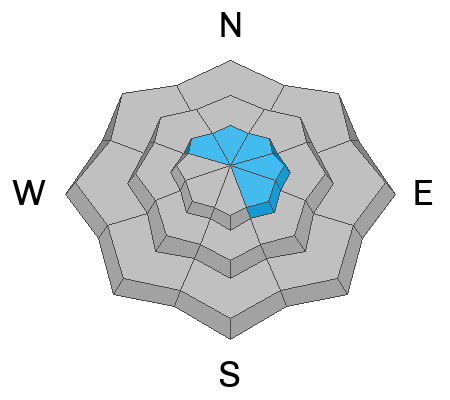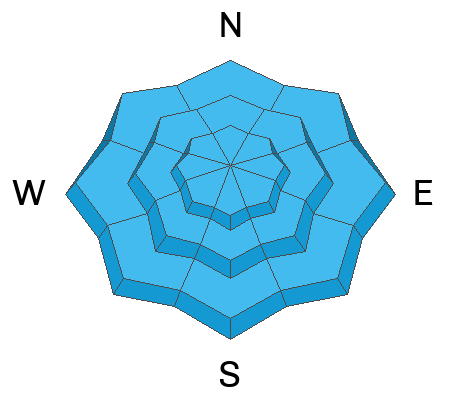Forecast for the Ogden Area Mountains

Issued by Mark Staples on
Wednesday morning, November 30, 2022
Wednesday morning, November 30, 2022
The biggest and most dangerous avalanches will be at upper elevations on slopes with wind drifted snow where the avalanche danger will be CONSIDERABLE today. Most of these wind loaded slopes have a cohesive slab of wind drifted snow resting on a persistent weak layer.
Mid and low elevations have a MODERATE danger with heightened avalanche conditions on any slope loaded by winds which should be increasing from the southwest today. Even on non-wind loaded slopes, you can trigger a soft slab avalanche breaking on a persistent weak layer.
These are serious conditions that will become much more dangerous with strong winds and more snowfall over the next few days. The danger ratings alone don't tell the full story.
These are serious conditions that will become much more dangerous with strong winds and more snowfall over the next few days. The danger ratings alone don't tell the full story.

Low
Moderate
Considerable
High
Extreme
Learn how to read the forecast here









